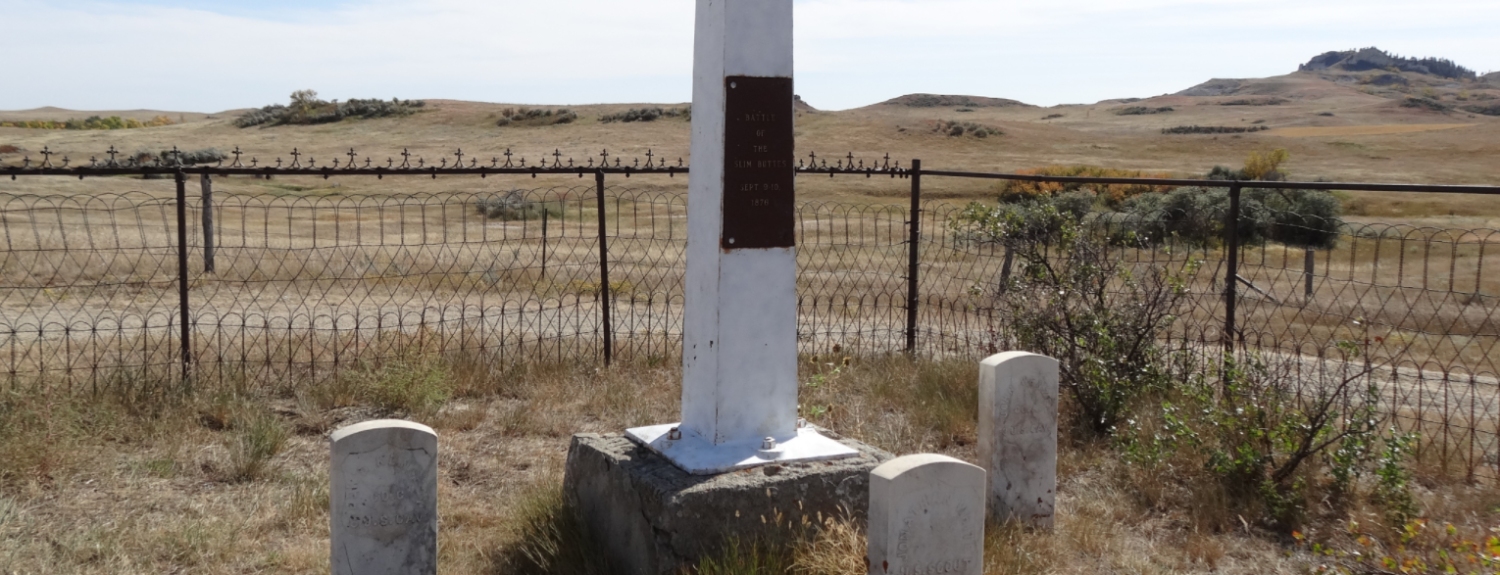When former Union Army Private Robert Smith died in 1930 in Elko, Utah, he did so not knowing that the President of the United States of America (at the time, Rutherford B. Hayes) had approved/given the U.S. military’s most prestigious award — the Medal of Honor — to the old soldier. In 1877.
Some 54 years prior.
Hayes cited U.S. Army records for the valor, which stated that Smith showed “special bravery in endeavoring to dislodge Indians secreted in a ravine” in a battle in the Dakota Territory on September 9, 1876.
The award itself though, the medal, never made it to him. Smith’s relatives (he was actually born Harry Reynolds but used the alias when he served) say it was delivered to Camp Sheridan in the Nevada Territory and signed for, however, the military hero had already picked up and moved somewhere else.
This wrong was made into a right, sort of, recently, thanks to Smith’s grandson (Jerry Reynolds), the U.S. Army and a prominent Nevada politician.
From the Fayetteville Observer:
In 2011, the Sons of Union Veterans of the Civil War contacted Jeffrey Reynolds to let him know about his grandfather’s award. Smith had served as a drummer boy in the Civil War before enlisting in the Army in 1872 under the pseudonym.
Jerry Reynolds contacted Amodei’s office this summer to seek help getting a new medal. Congressional staff worked with the Army’s Command Awards and Decorations Branch, which announced on Oct. 14 that it would provide a medal to the family as a symbol of the one that was never presented to Smith.
Smith wasn’t the only American awarded the MOH for his heroism on that day in 1876. John Kirkwood was recognized as well.
Known as the Battle of Slim Buttes in what’s now Harding County, South Dakota, the fierce skirmish pitted the American soldiers (Smith and Kirkwood were both part of Company M, 3rd U.S. Cavalry) against the Sioux. It’s in the history books as a U.S. victory in the war between the two, and the first one after General George Custer and his troops were famously taken down in the Battle of Little Bighorn a few months prior.
Brigadier General George Crook led Smith, Kirkwood and the others to defeat not only Ogala Lakota (Sioux) Chief American Horse but their other feared combat leader: Crazy Horse.
The battle also featured “one of the most grueling military expeditions in U.S. history”, known today as the “Horsemeat March“:
“… also known as the Mud March and the Starvation March, was a military expedition led by General George Crook in pursuit of a band of Sioux fleeing from anticipated retaliation for their massacre of George Armstrong Custer’s 7th Cavalry Regiment at the Battle of the Little Bighorn. Poorly rationed and hampered by muddy conditions, the soldiers eventually had to butcher and eat their horses and mules as they became lame or injured. The Horsemeat March ended with the Battle of Slim Buttes and the capture and looting of American Horse the Elder’s richly stocked village.”
The war was — basically — over ownership of the Black Hills, a small mountain range stretching from western South Dakota to Wyoming. Gold had been discovered there in the years leading up to 1876, and American settlers began to flock, encroaching on lands previously granted to not only the Sioux, but also the Cheyenne.
It ultimately resulted in the Agreement of 1877, which “annexed” the land to the U.S. and established reservations.




































